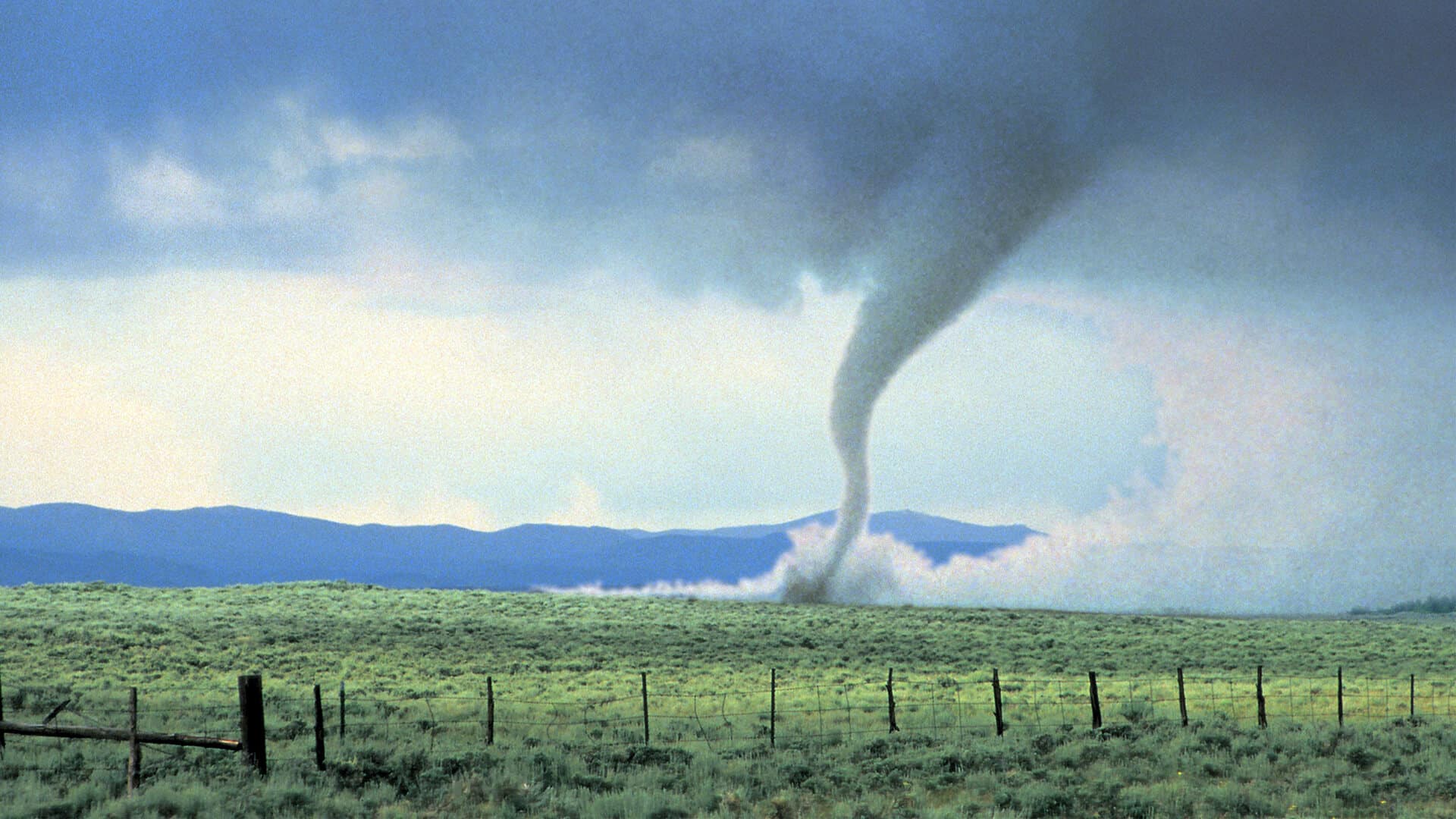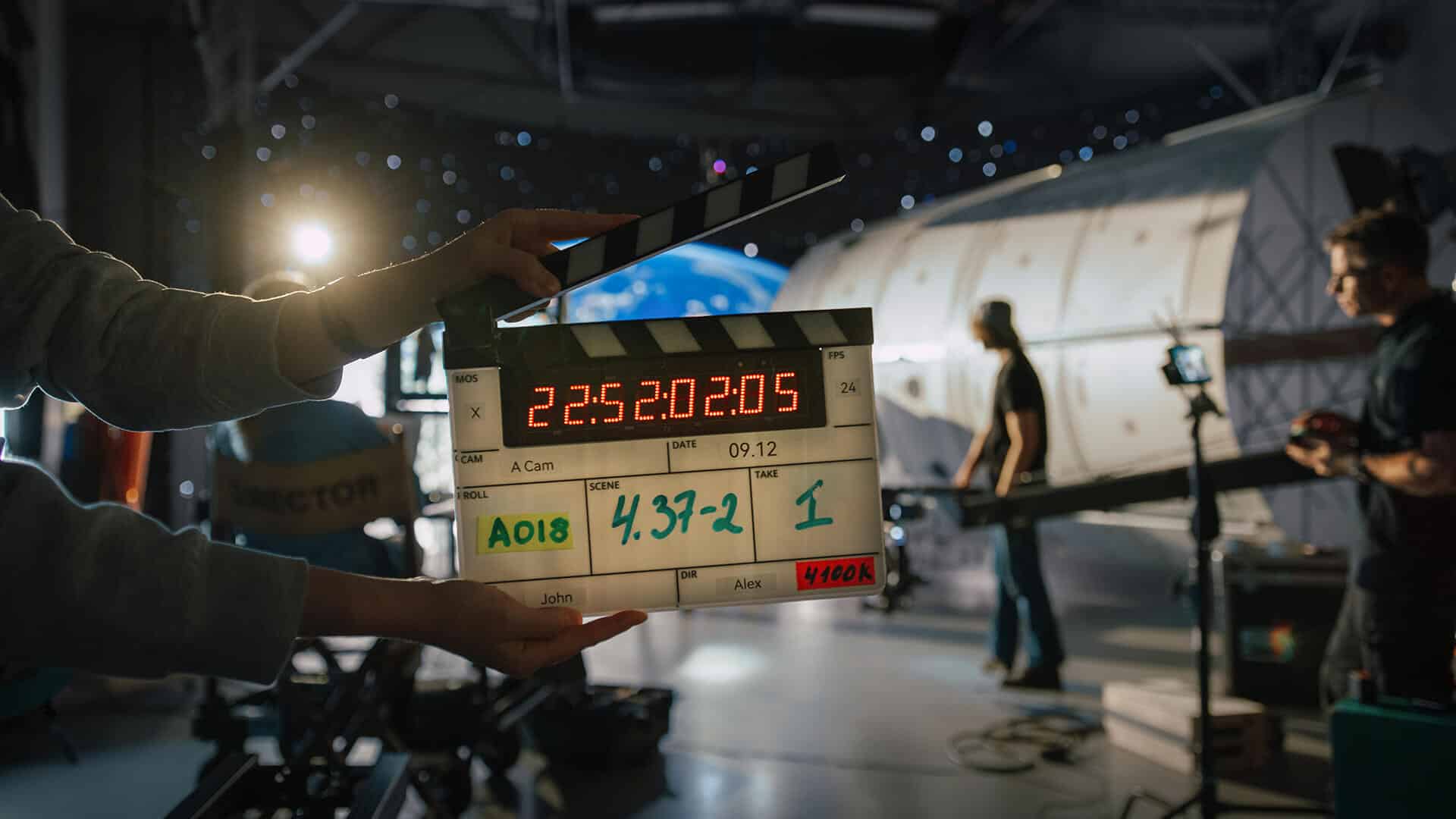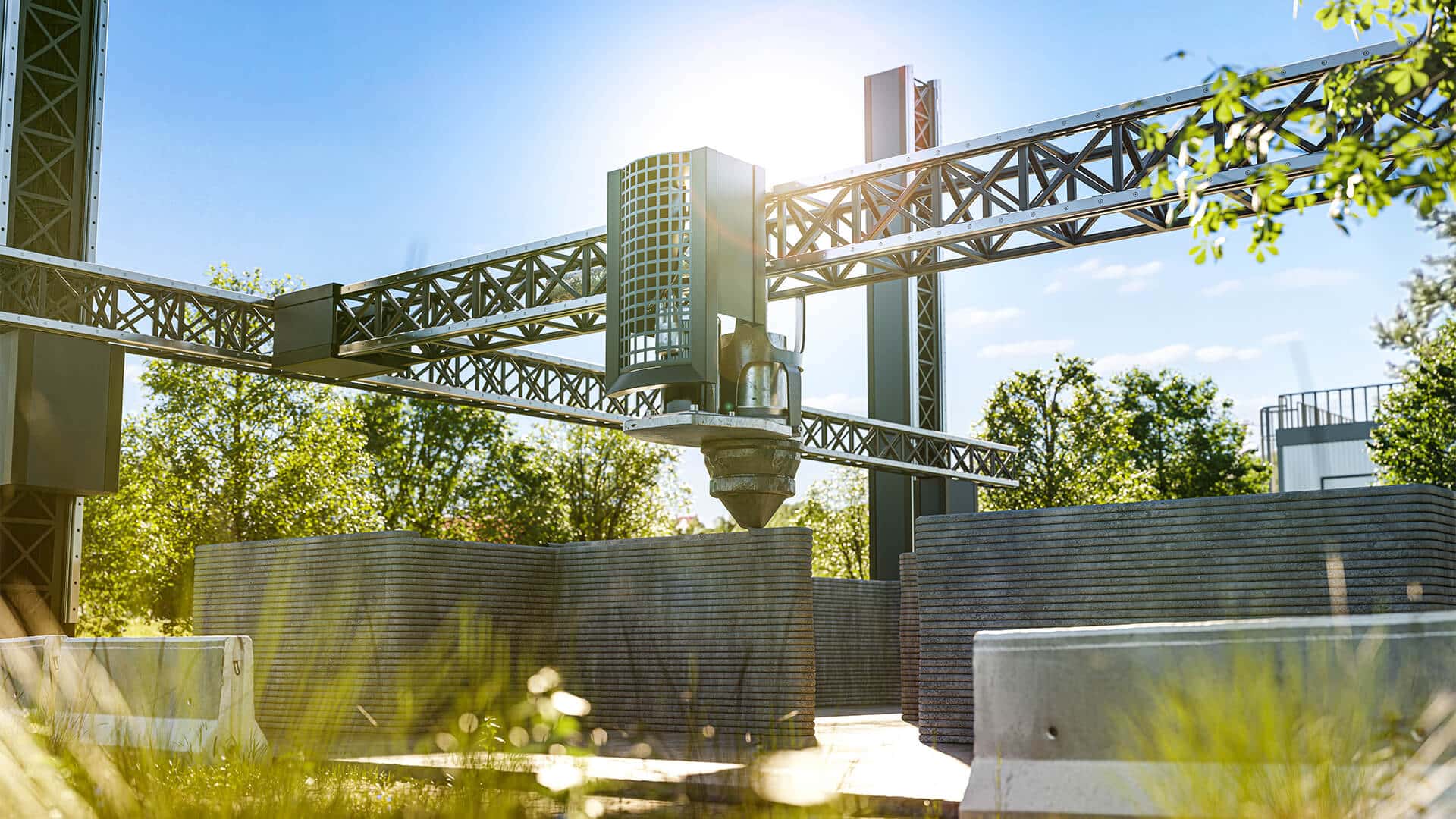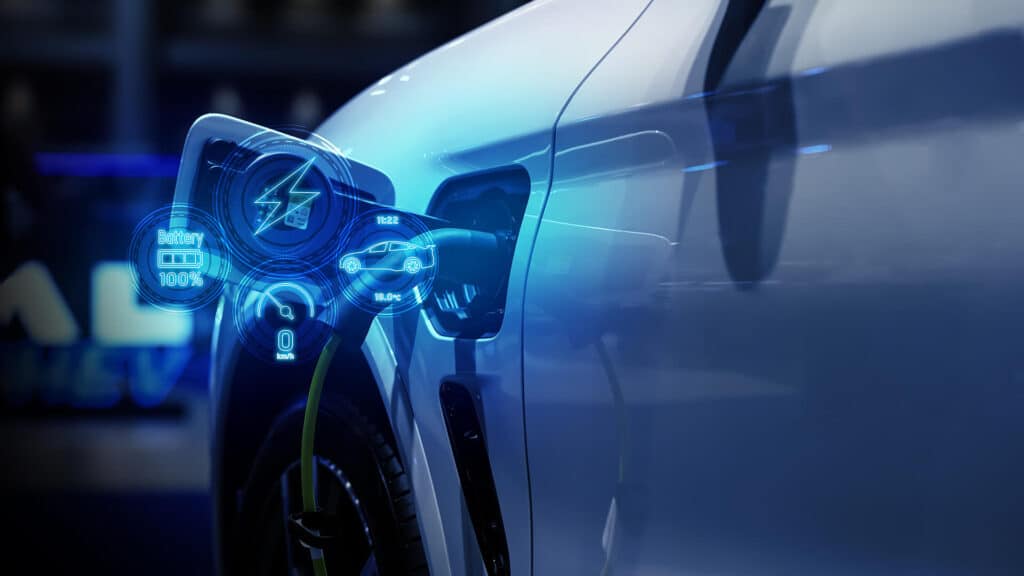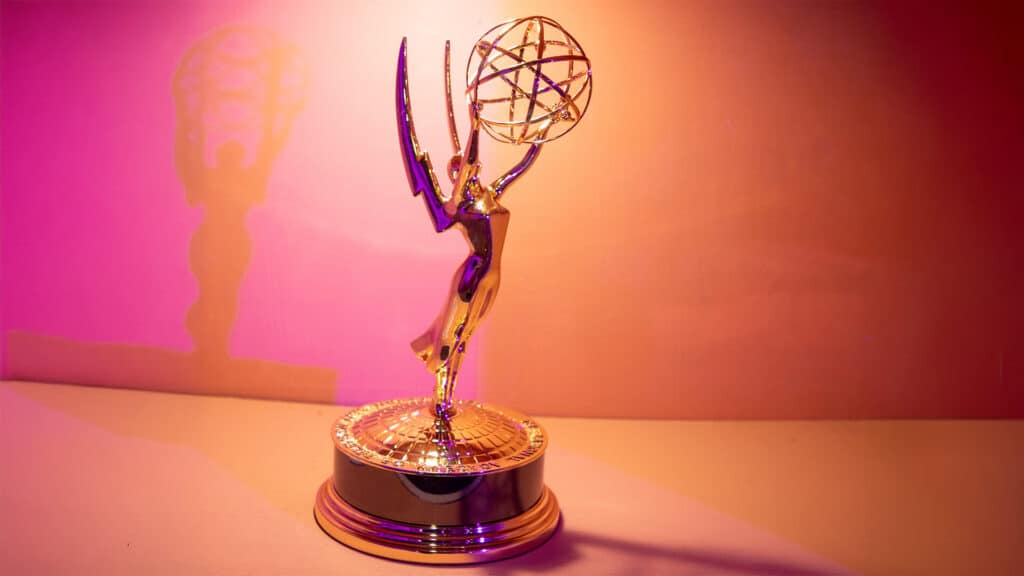Boeing’s Starliner capsule’s first astronaut mission is turning out to be more of an extended trip than originally planned. On June 5, NASA astronauts Butch Wilmore and Suni Williams rocketed to the International Space Station (ISS) aboard Starliner, embarking on a mission whimsically named Crew Flight Test (CFT). They touched down at the ISS on June 6 for what was supposed to be a quick week-long jaunt. Surprise! NASA announced that the duo will be enjoying a slightly extended vacation in space through June 18.
Third Time’s the Charm
CFT marks Starliner’s third trip to the great beyond, following uncrewed test flights in December 2019 and May 2022. The debut was less than stellar, with Starliner encountering multiple glitches and failing to rendezvous with the ISS. The second attempt, however, was a redemption arc, paving the way for the current mission.
A Rocky Road
Getting Starliner to the launch pad wasn’t exactly smooth sailing this time around either. Engineers unearthed a series of issues, including a problematic parachute system and wiring wrapped in highly flammable tape—an oversight that screams “safety first.” Addressing these gremlins and testing the solutions led to delays, pushing the launch date further than initially planned.
Some things have gone awry in space as well. During CFT, Starliner encountered minor issues such as small helium leaks and some unruly thrusters. Fortunately, the mission team has managed to handle these hiccups, keeping the mission on track. It’s a bit like dealing with a car that occasionally sputters and leaks, but still gets you where you need to go.
The Future of Starliner
If Starliner completes CFT without any major disasters, it will earn certification to carry astronauts on six-month missions to the ISS. This would put Boeing in the same league as Elon Musk’s SpaceX, which has been ferrying astronauts with its Dragon capsule for a decade. Back in 2014, NASA awarded contracts to Boeing and SpaceX to develop spacecraft for its Commercial Crew Program. Boeing snagged a hefty $4.2 billion contract, while SpaceX walked away with $2.6 billion. Musk’s company is currently on its eighth long-duration crewed flight to the ISS, aptly named Crew-8. It’s been a bumpier ride for Boeing, but if all goes well this month, Starliner will soon join Dragon in shuttling astronauts to and from the ISS, proving that sometimes, the road to the stars is paved with perseverance—and a few cosmic hiccups.





